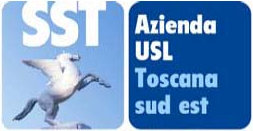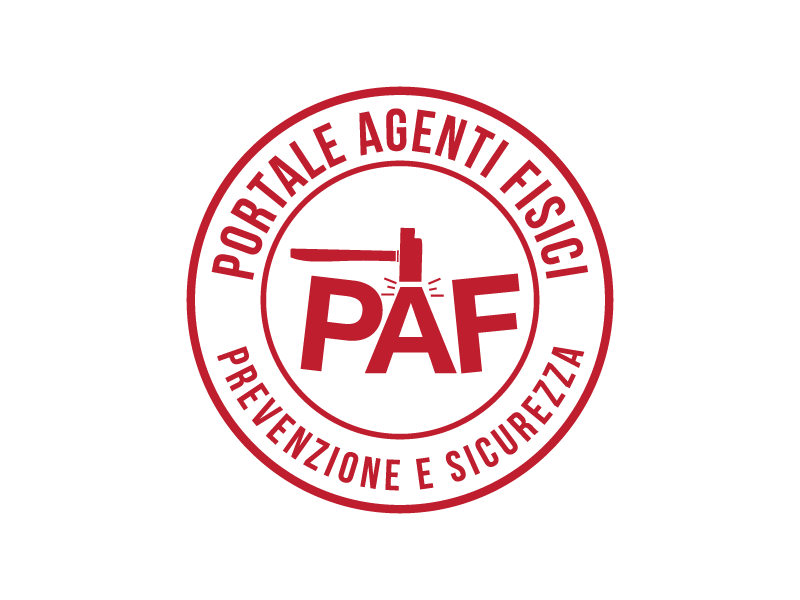Risk assessment - Artificial Optical Radiation
Directive, 2006/25/EC of the European Parliament and of the Council lays down minimum requirements for the protection of workers from risks to their health and safety arising or likely to arise from exposure to artificial optical radiation during their work.
Article 4, Determination of exposure and assessment of risks, states that the employer, in the case of workers exposed to artificial sources of optical radiation, shall assess and, if necessary, measure and/or calculate the levels of exposure to optical radiation to which workers are likely to be exposed.
The methodology applied in assessment, measurement and/or calculations shall follow the standards of the International Electrotechnical Commission (IEC) in respect of laser radiation and the recommendations of the International Commission on Illumination (CIE) and the European Committee for Standardisation (CEN) in respect of non-coherent radiation.
In exposure situations which are not covered by these standards and recommendations, and until appropriate EU standards or recommendations become available, assessment, measurement and/or calculations shall be carried out using available national or international science-based guidelines. In both exposure situations, the assessment may take account of data provided by the manufacturers of the equipment.
The employer shall give particular attention, when carrying out the risk assessment, to the following:
- a) the level, wavelength range and duration of exposure to artificial sources of optical radiation;
- b) the exposure limit values referred to in Article 3 of the Directive;
- c) any effects concerning the health and safety of workers belonging to particularly sensitive risk groups;
- d) any possible effects on workers’ health and safety resulting from workplace interactions between optical radiation and photosensitising chemical substances;
- e) any indirect effects such as temporary blinding, explosion or fire;
- f) the existence of replacement equipment designed to reduce the levels of exposure to artificial optical radiation;
- g) appropriate information obtained from health surveillance, including published information, as far as possible;
- h) multiple sources of exposure to artificial optical radiation;
- i) a classification applied to a laser as defined in accordance with the relevant IEC standard and in relation to any artificial source likely to cause damage similar to that of a laser of class 3B or 4, any similar classification;
- m) information provided by the manufacturers of optical radiation sources and associated work equipment in accordance with the relevant Community Directives.
First of all, for the purposes of risk assessment, it is necessary to verify if the sources are "trivial", i.e. if they are safe, "harmless", in usual conditions of use or if they can represent a risk to the health of the exposed subjects.
Trivial sources
All the sources that do not entail risks to the health and thus that can be omitted within the scope of risk assessment.
These are:
All sources that are inherently safe:
- The optical radiation sources that, in normal use, are not responsible for exposures that can present risks to the health and safety.
- The sources that produce negligible accessible emissions.
Example:
If the exposure due to a source is less than 20% of the relevant Exposure Limit, the source can be considered harmless (trivial): if 10 sources of the same type are present the contribution of each one shall be less than 2% of ELV.
Some examples of "harmless" sources are standard illumination for domestic and office use, computer's screen, displays, photocopiers, lamps and light signalling devices.
Analogous sources can be considered “trivial" under correct conditions of use.
Generally it is not necessary to carry on risk assessment for visible light for any luminance source that is less than 10 4 cd/m2
In case of doubt it is possible to perform a simple verification by using a calibrated lux meter.
For some sources it is necessary to verity the adequate conditions of use needed to be considered "harmless", for example:
•Fluorescent lamps for ambient lighting: safe at normal working illumination levels : ~ 600 lux
•Desktop projectors: safe if beam not looked into
•Floodlights (metal or mercury halide): they do not represent a source of risk if the front cover glass is intact and if they are not directly looked into (beam not in line of sight).
All appliances that emit a non-coherent optical radiation are "trivial" if they are classified in the 0 category following UNI EN 12198:2009 as well as lamps and lamp systems, including LEDs, classified as “Exempt” by IEC EN 62471:2009 standard.
If the sources are not trivial, the assessment shall take into account the technical data provided by the manufacturer (including the classification of the sources and of the machinery following the relevant technical standards).
Lamp classification
Lamps and lamp systems are classified in 4 groups according to standard IEC EN 62471:2009. This standard sets up measurement methods and classification and even if it does not define specific commitments for marking, it represents the state of the art in terms of information on photobiological safety of lamps and lamp systems (including LEDs).
|
Group |
Estimation of the risk |
|
Exempt group |
No photobiological hazard under foreseeable conditions; |
|
Group 1 |
Low risk group, the risk is limited by normal behavioural limitations on exposure; |
|
Group 2 |
Moderate risk group, the risk is limited by the aversion response to very bright light sources or by thermal effects. However, such reflex responses do not occur universally; |
|
Group 3 |
High risk group, may pose a risk even for momentary or brief exposure. |
Machinery
The Directive 2006/42/EC of the European Parliament and of the Council (Machinery Directive) establishes that where a machinery is likely to emit non-ionising radiation (including AOR) which may cause harm to persons, in particular persons with active or non-active implantable medical devices (for AOR: artificial lens), the manufacturer must report the relevant information in the instruction manual.
If specific product regulations are missing, the EN 12198:2009 standard allows the manufacturer to assign the machinery to a category depending on the radiation emission value, following the values reported in Appendix B of the same standard. Three emission categories are envisaged, for which different restrictions, protective measures and required information and training are established:
category 0 no restriction: the machine is inherently safe for the purposes of AOR emission;
category 1: limitation of access and protective measures may be needed; information about hazards, risks and secondary effects must be provided by manufacturer;
category 2: special restrictions and protective measures are always required; information about hazards, risks and secondary effects must be provided by manufacturer; training maybe necessary.








